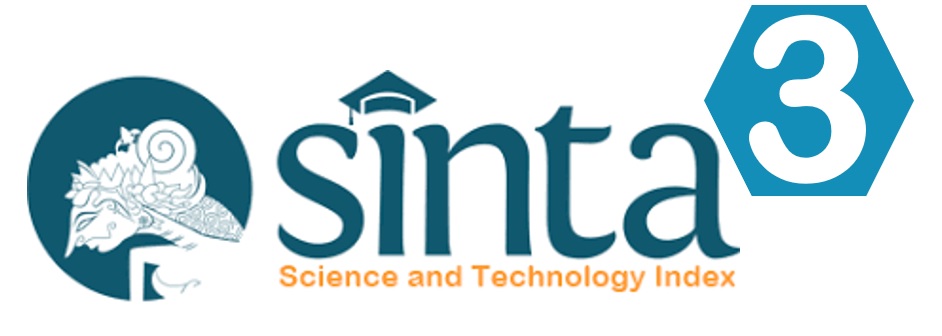Chengyu Translation Techniques in Web Novel Di Yi Qi Shao
DOI:
https://doi.org/10.32734/ijcas.v6i1.7400Keywords:
chengyu, idioms, translation, translation techniques, web novelAbstract
The translation is a process of transferring meaning from the source language to the target language. The translation process itself requires appropriate translation techniques in order to produce an acceptable translation in source language. Likewise, idiom or chengyu has its own translation techniques. This study aims to analyze the chengyu translation technique in the Chinese web novel “Di Yi Qi Shao†which has been translated to the Indonesian version called “Menantu Palsu†using the idiom translation theory introduced by Nida and Taber which are from idioms to non-idioms; from idioms to idioms; and from non-idioms to idioms. This research is a qualitative descriptive analysis using the content analysis technique as a data analysis technique. The research uses the idiom translation method from Nida and Taber as a reference. The data of this study consists of 196 chengyu contained in chapter 1 until chapter 25 of the web novel.The study results showed that 155 chengyu (79.08%) were translated from idioms to non-idioms technique and six chengyu (3.06%) were translated by from idioms to idioms technique. Apart from using those two techniques, 35 chengyu (17.86%) were not translated. The results of the study also show that in the process of translation, there is a similar chengyu, each being translated by the same translation technique, but there is also a similar chengyu on several occurrences: some were not translated. In addition, there are similar chengyu which on its several occurernces, were translated by similar techniques but resulted in different translations.
Downloads
References
Baker, M. (2018). In Other Words: A Coursebook on Translation. London dan New York: Routledge.
Chaer, A. (1993). Kamus Idiom Bahasa Indonesia. Ende: Penerbit Nusa Indah.
Ji, Z. (1995). Qian Gongneng Chengyu Quanjie Cidian. Beijing: Zhongguo Qingnian Chubanshe.
Newmark, P. (1988). A Textbook of Translation. Shanghai: Shanghai Foreign Language Education Press.
Nida, E. A. & Taber, C R. (1982). The Theory and Practice of Translation. Leiden: E. J. Brill.
Zhongguo Shehui Kexueyuan Yuyan Yanjiusuo Cidian Bianji Shi. (2016). Xiandai Hanyu Cidian. Beijing: Shangwu Yinshuguan.
Huang, H., Wijayana, I.D.P., and Hariri, T. (2016). “A Comparison of the Origin of Idioms in Mandarin and Indonesianâ€, Humaniora, vol. 28, no. 2, pp. 121—130.
Stoch, N. (2016). “Distinctive Features of Chinese Proverbs: A Comparative Study of Suyu and Yanyu and Other Types of Shuyu. Roczniki Humanistyczne,.vol. 64, no. 9, pp. 47—68.
Downloads
Published
How to Cite
Issue
Section
License
Copyright (c) 2022 Agretio Agustian, Hudiyekti Prasetyaningtyas, Ayu Trihardini

This work is licensed under a Creative Commons Attribution-ShareAlike 4.0 International License.













